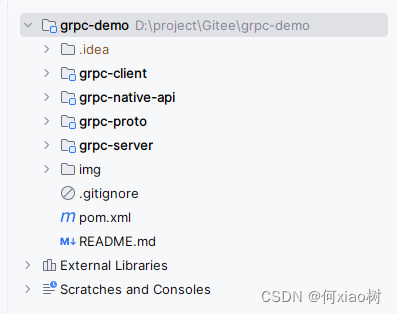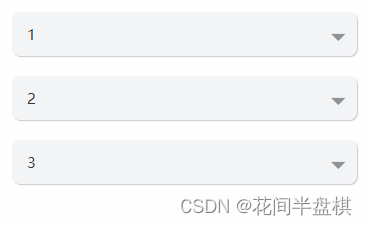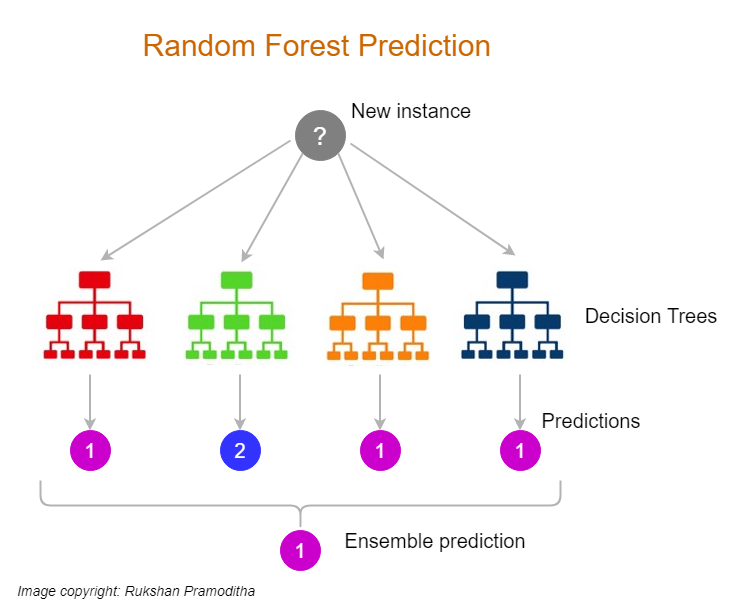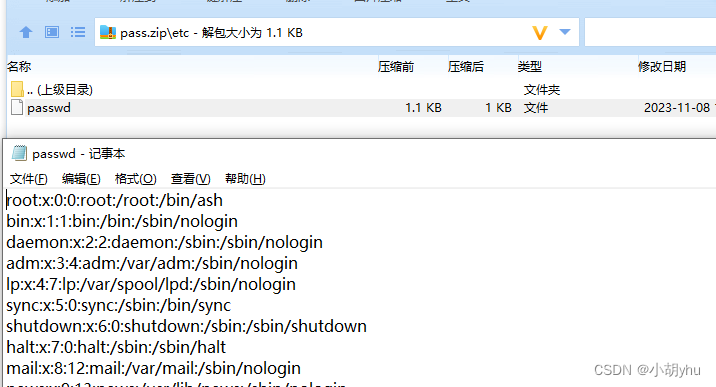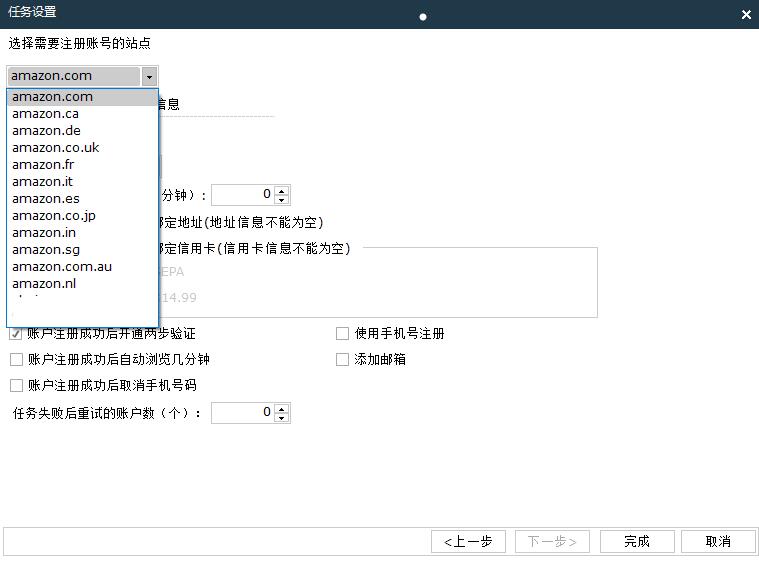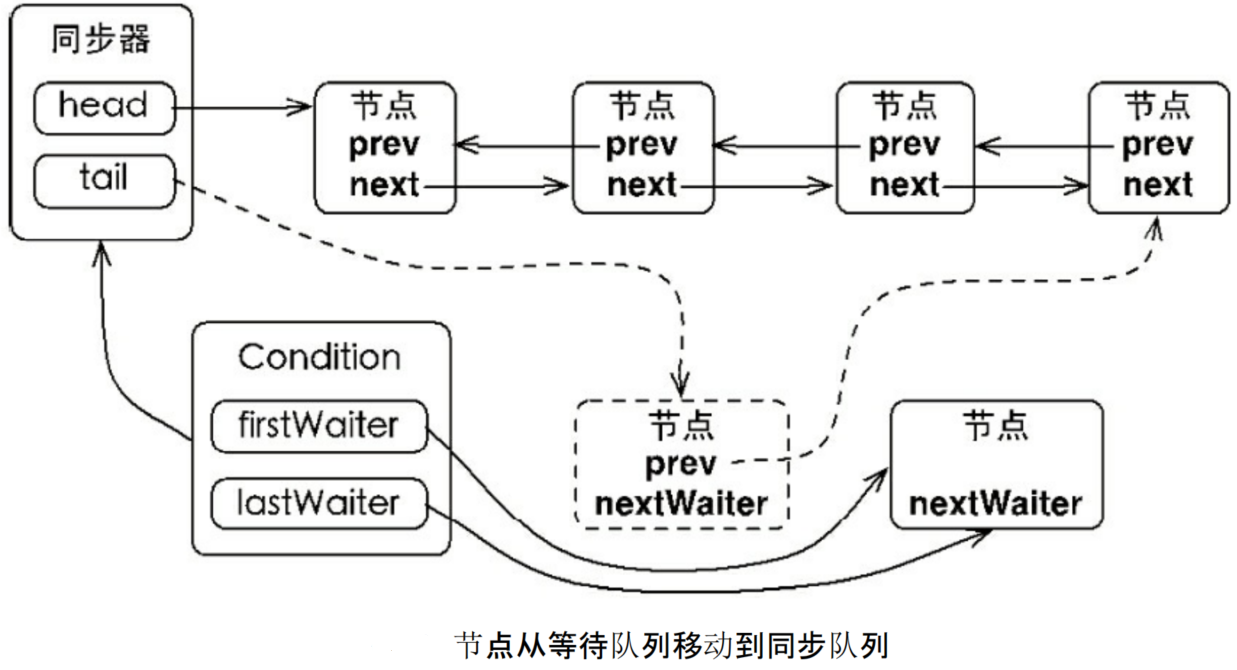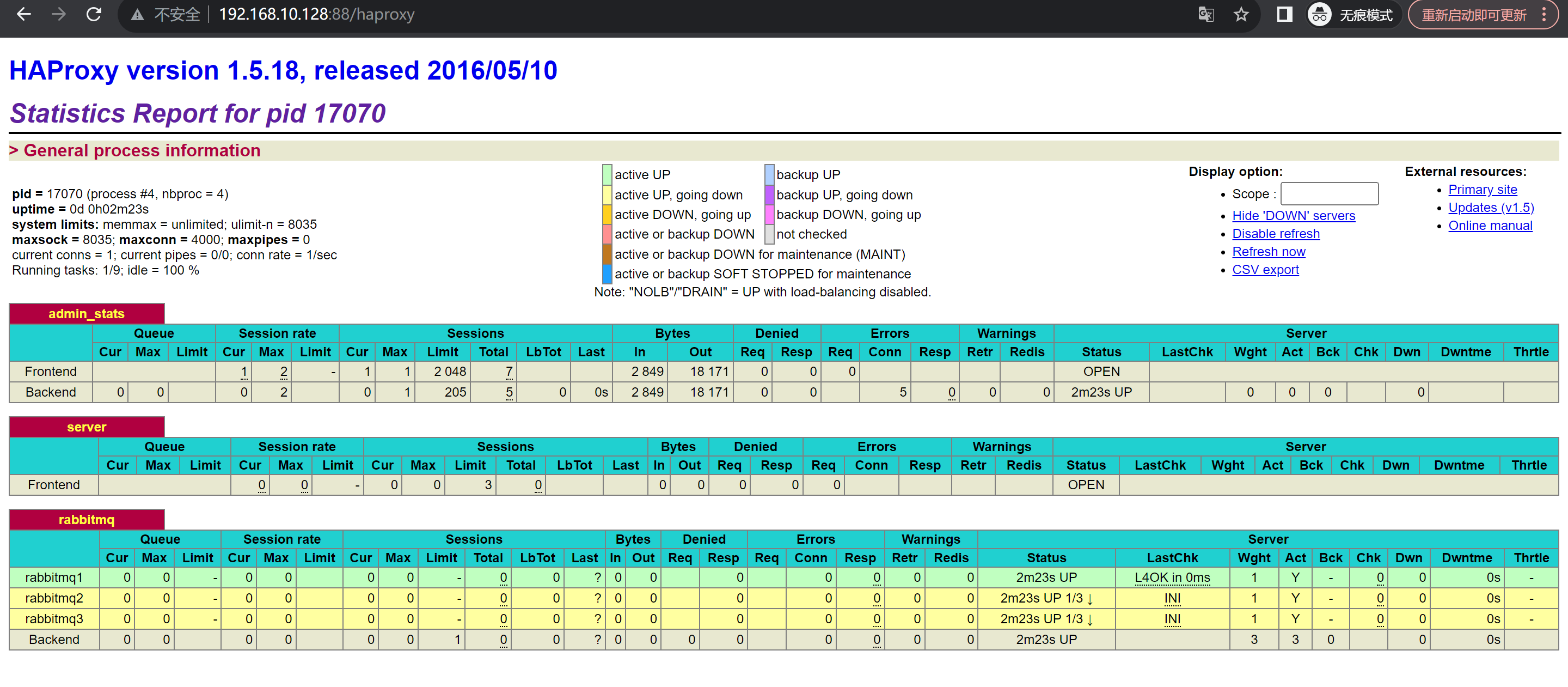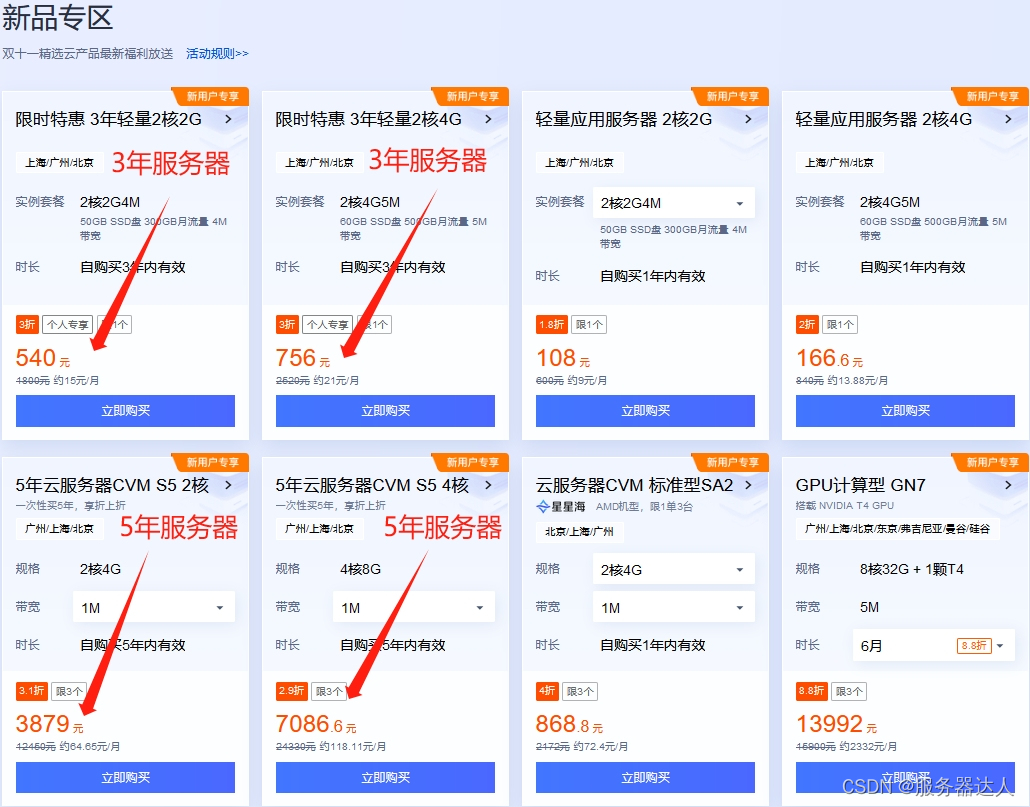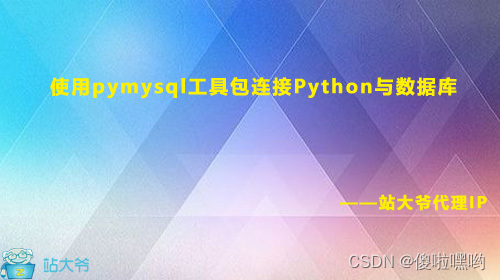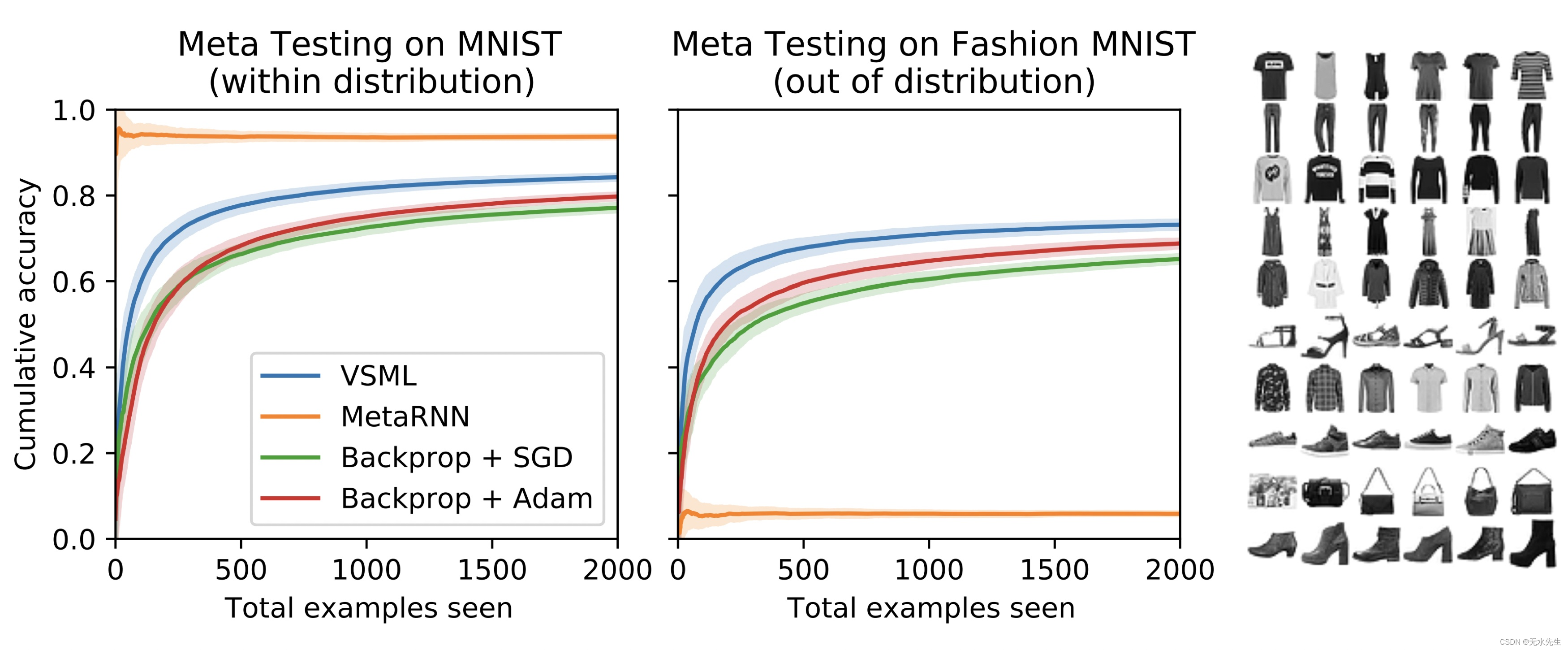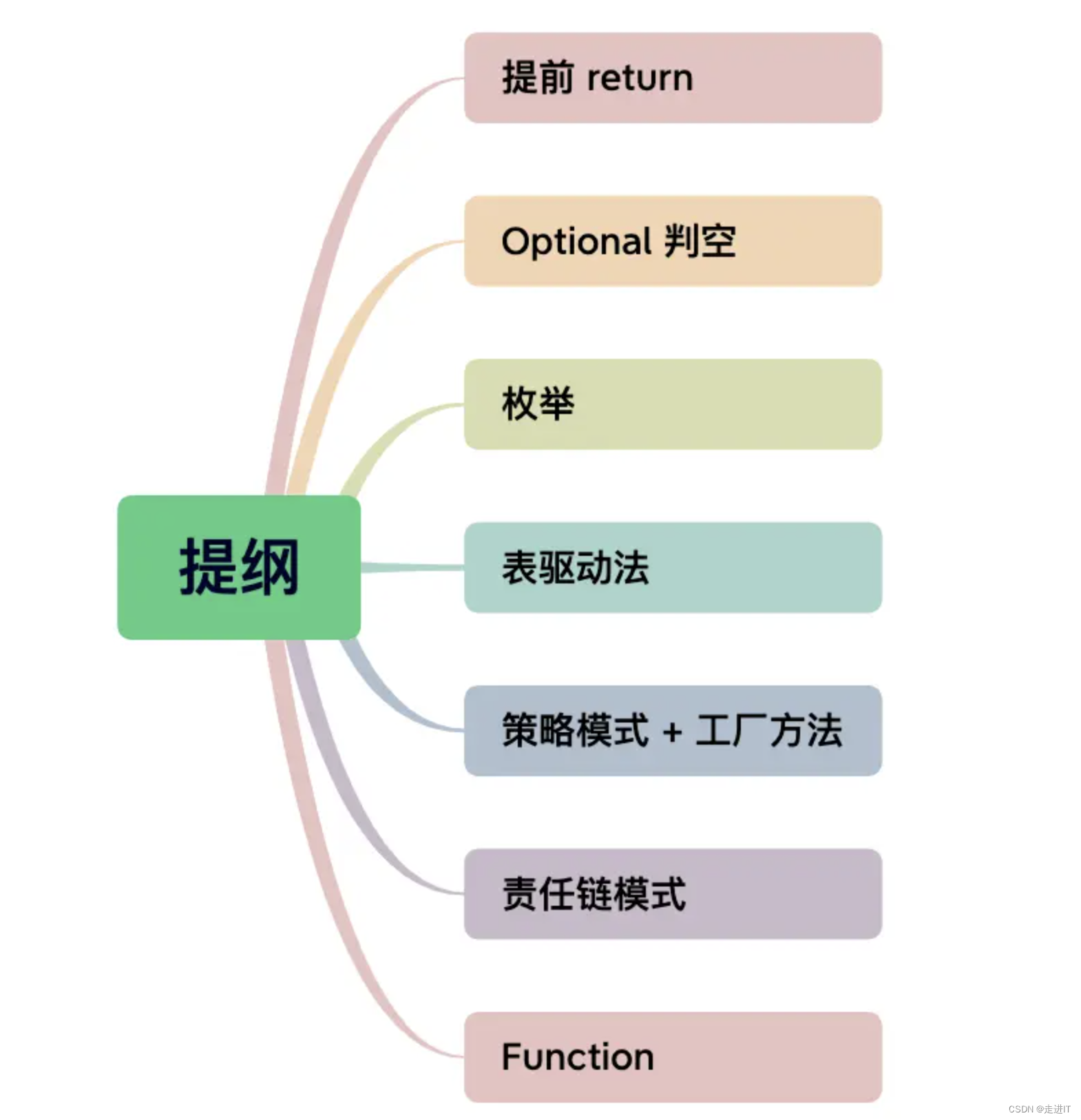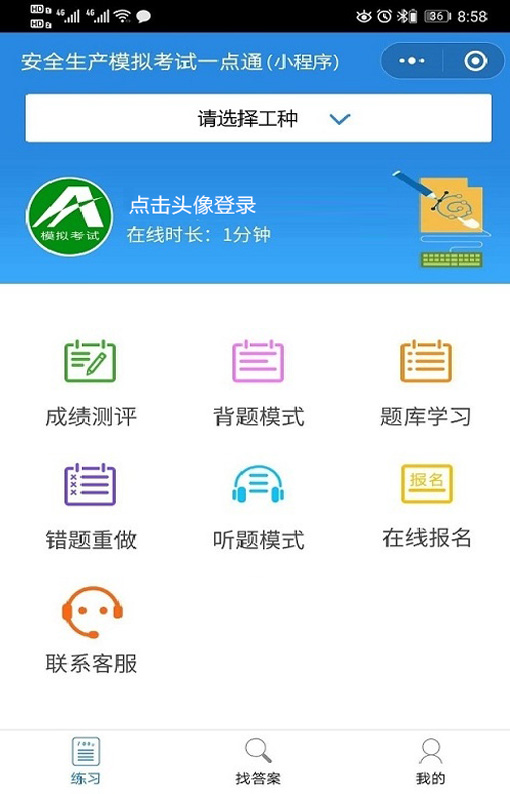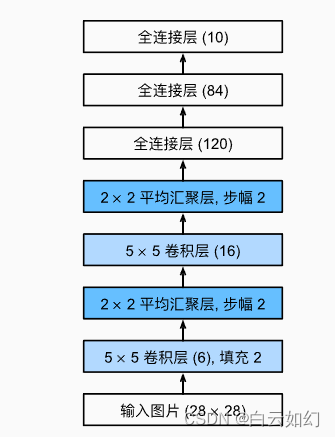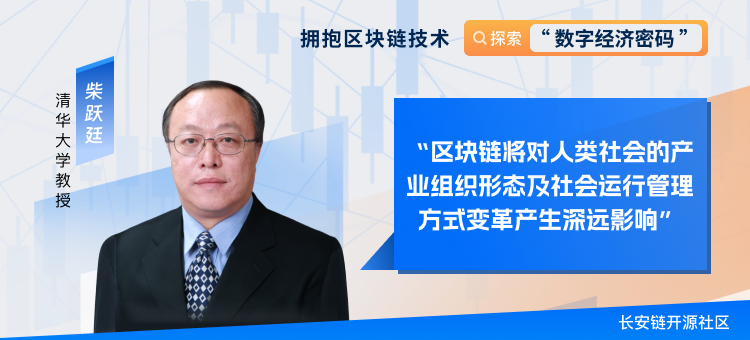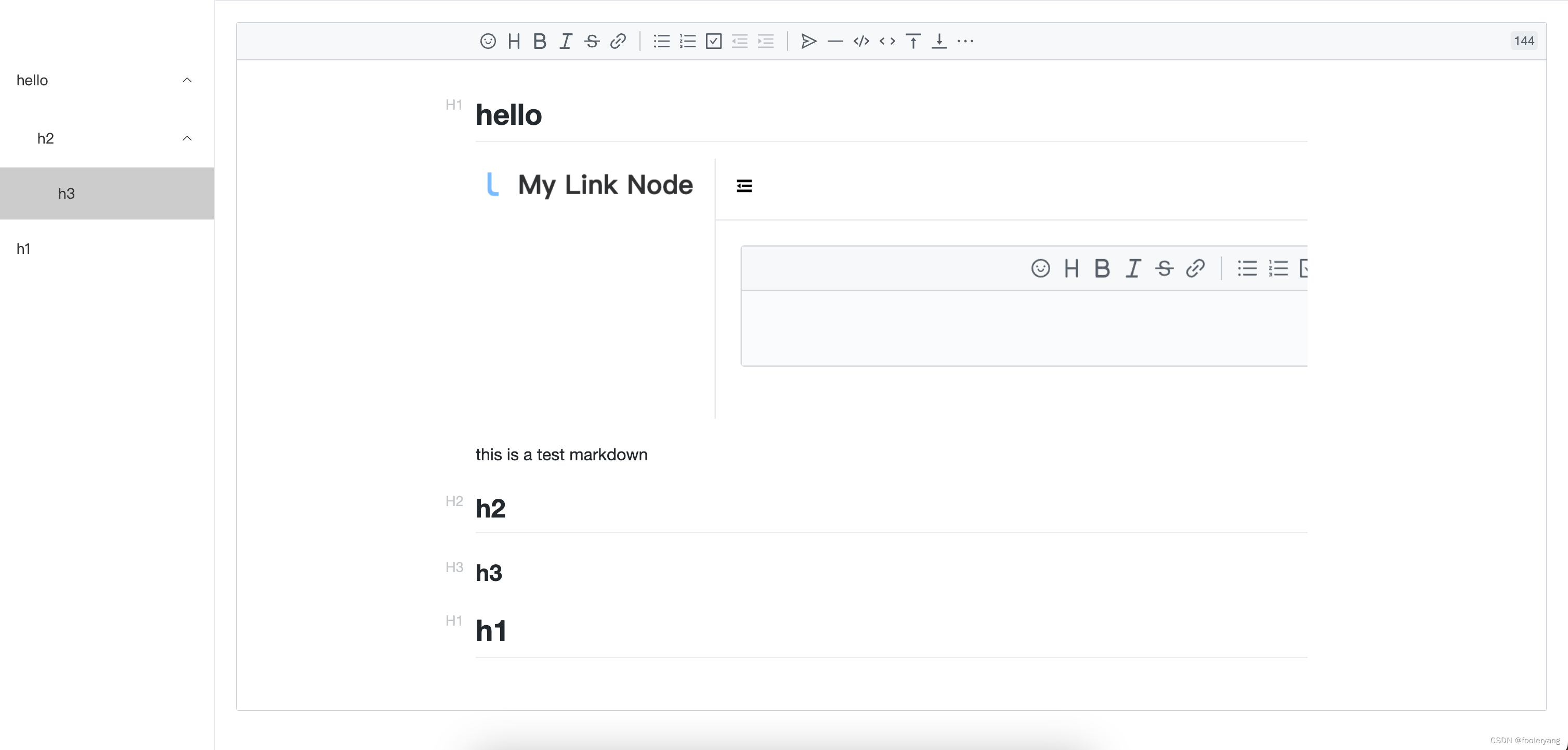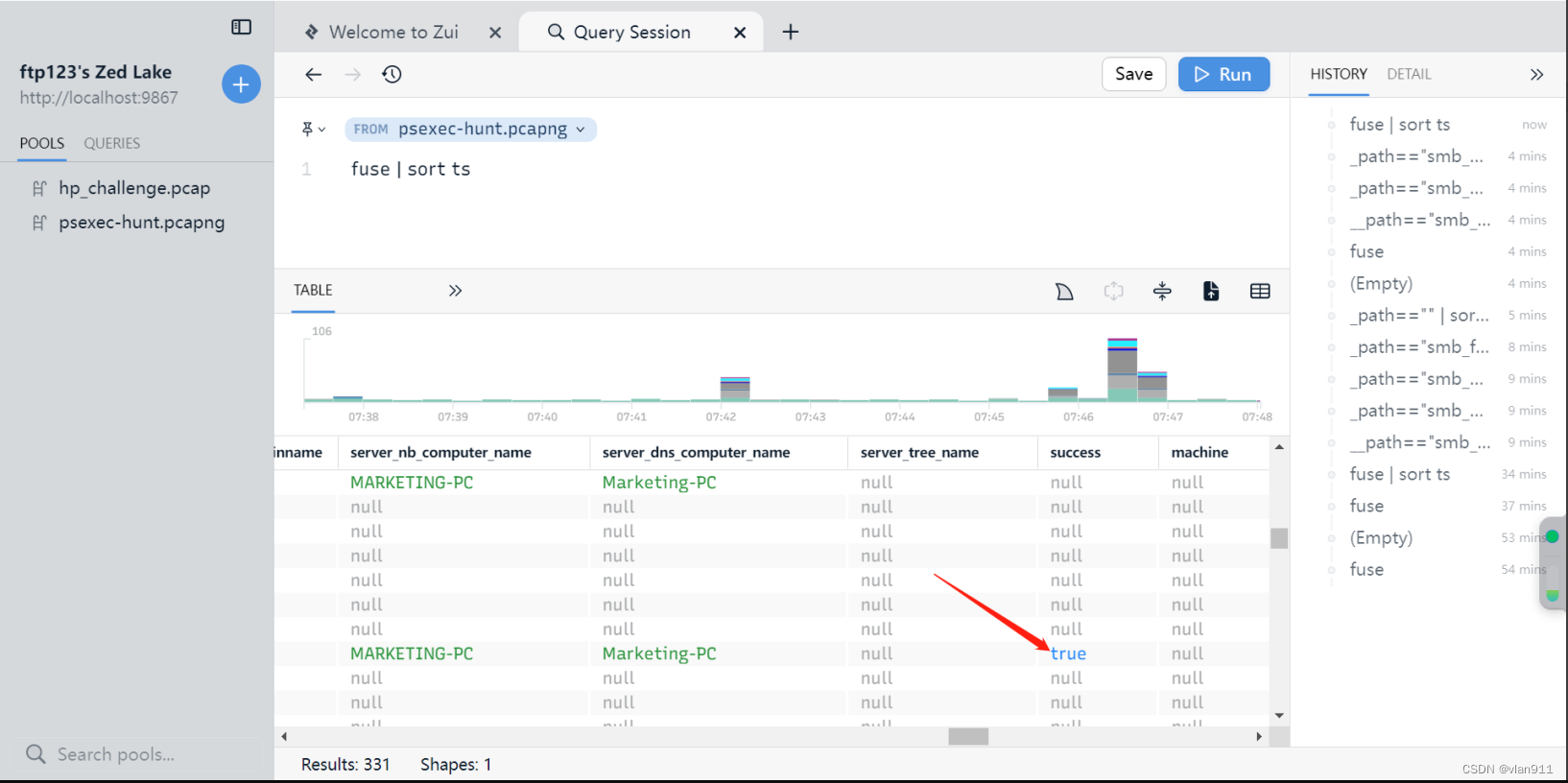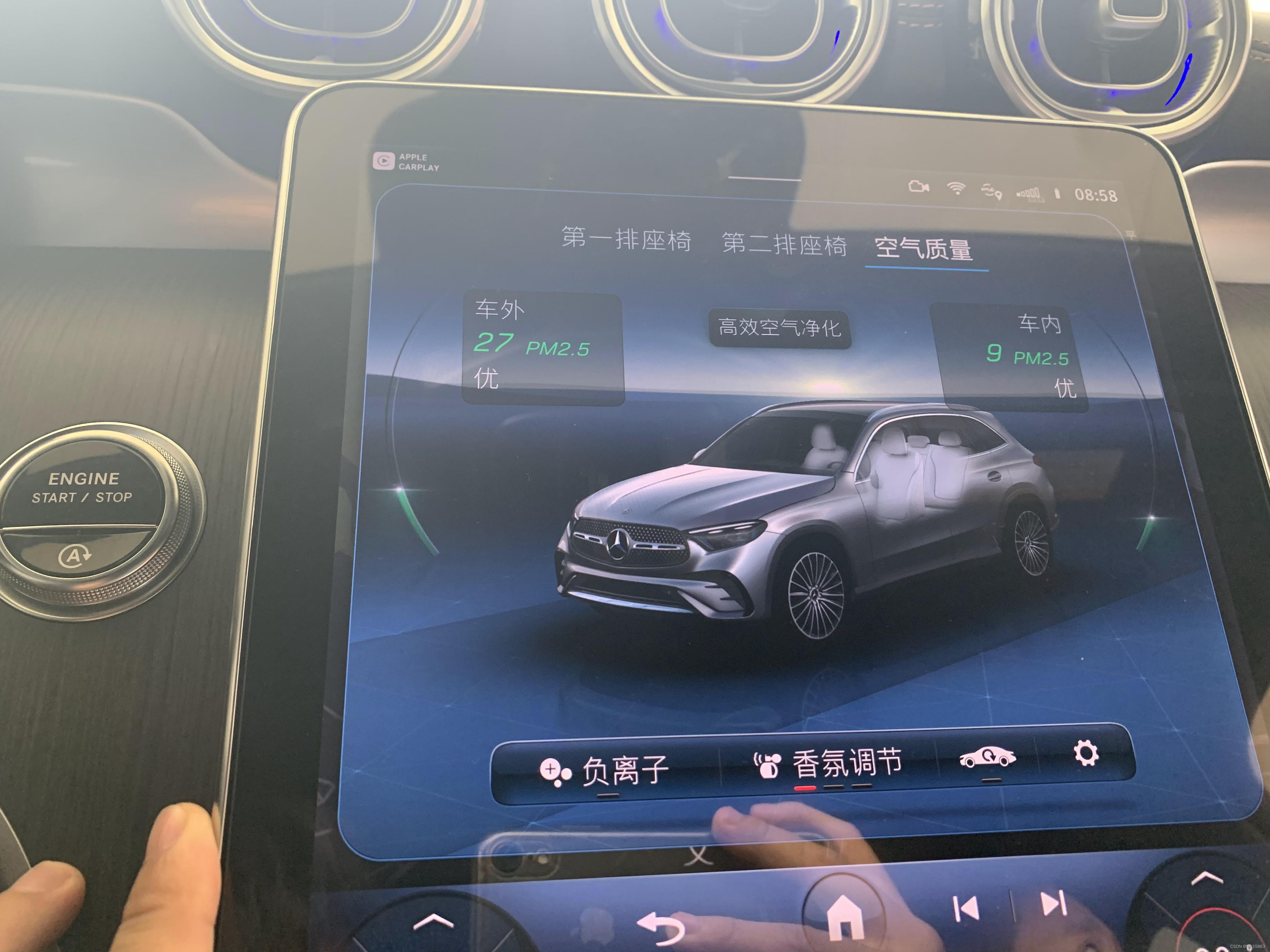- 👏作者简介:大家好,我是爱吃芝士的土豆倪,24届校招生Java选手,很高兴认识大家
- 📕系列专栏:Spring源码、JUC源码
- 🔥如果感觉博主的文章还不错的话,请👍三连支持👍一下博主哦
- 🍂博主正在努力完成2023计划中:源码溯源,一探究竟
- 📝联系方式:nhs19990716,加我进群,大家一起学习,一起进步,一起对抗互联网寒冬👀
文章目录
- Future和Callable接口
- FutureTask实现类
- Future到CompletableFuture
- Future优点
- Future缺点
- get()阻塞
- isDone() 轮循
- CompletableFuture基本介绍
- CompletableFuture
- CompletionStage
- 核心的四个静态方法(分为两组)
- runAsync无返回值
- runAsync
- runAsync+线程池
- supplyAsync有返回值
- supplyAsync
- supplyAsync+线程池
- CompletableFuture使用演示(日常使用)
- 基本功能
- 减少阻塞和轮询whenComplete
- CompletableFuture优点总结
- CompletableFuture案例精讲
- 编程必备技能准备
- 函数式接口
- 链式调用|链式编程|链式写法
- join和get对比
- 实战精讲-比价网站案例
- 需求
- 基本框架搭建
- 从功能到性能:利用CompletableFuture
- CompletableFuture常用API
- 获得结果和触发计算
- 对计算结果进行处理
- 对计算结果进行消费
- CompleteFuture和线程池说明(非常重要)
- 对计算速度进行选用
- 对计算结果进行合并
Future和Callable接口
-
Future接口(FutureTask实现类)定义了操作异步任务执行一些方法,如获取异步任务的执行结果、取消任务的执行、判断任务是否被取消、判断任务执行是否完毕等。(异步:可以被叫停,可以被取消)
-
一句话:Future接口可以为主线程开一个分支任务,专门为主线程处理耗时和费力的复杂业务。

-
比如主线程让一个子线程去执行任务,子线程可能比较耗时,启动子线程开始执行任务后,主线程就去做其他事情了,过了一会才去获取子任务的执行结果。老师在上课,但是口渴,于是让班长这个线程去买水,自己可以继续上课,实现了异步任务。
-
有个目的:异步多线程任务执行且有返回结果,三个特点:多线程/有返回/异步任务(班长作为老师去买水作为新启动的异步多线程任务且买到水有结果返回)
FutureTask实现类
- 在源码可以看到,他既继承了
RunnableFuture接口,也在构造方法中实现了Callable接口(有返回值、可抛出异常)和Runnable接口

public FutureTask(Callable<V> callable) {
if (callable == null)
throw new NullPointerException();
this.callable = callable;
this.state = NEW; // ensure visibility of callable
}
public FutureTask(Runnable runnable, V result) {
this.callable = Executors.callable(runnable, result);
this.state = NEW; // ensure visibility of callable
}
完成上面目的的代码 - 多线程/有返回/异步
一个主线程,一个mythread|步执行了|返回了"hello callable"
public class CompletableFutureDemo {
public static void main(String[] args) throws ExecutionException, InterruptedException {
FutureTask<String> futureTask = new FutureTask<>(new MyThread());
Thread t1 = new Thread(futureTask,"t1");
t1.start();
System.out.println(futureTask.get());//接收返回值
}
}
class MyThread implements Callable<String>{
@Override
public String call() throws Exception {
System.out.println("-----come in call() ----异步执行");
return "hello Callable 返回值";
}
}
//结果
//-----come in call() ----异步执行
//hello Callable 返回值
Future到CompletableFuture
Future优点
-
future+线程池异步多线程任务配合,能显著提高程序的执行效率。
-
方案一,3个任务1个main线程处理,大概1130ms

- 方案二,3个任务3个线程,利用线程池(假如每次new一个Thread,太浪费资源,会有GC这些工作),大概530毫秒。

Future缺点
get()阻塞
一旦调用get()方法,不管是否计算完成,都会导致阻塞(所以一般get方法放到最后)
public class FutureAPIDemo {
public static void main(String[] args) throws ExecutionException, InterruptedException {
FutureTask<String> futureTask = new FutureTask<String>(()->{
System.out.println(Thread.currentThread().getName()+"\t ------副线程come in");
try {
TimeUnit.SECONDS.sleep(5);//暂停几秒
} catch (InterruptedException e) {
e.printStackTrace();
}
return "task over";
});
Thread t1 = new Thread(futureTask,"t1");
t1.start();
//-----------------------------------------------------------注意顺序
System.out.println(Thread.currentThread().getName()+"\t-------主线程忙其他任务了");
System.out.println(futureTask.get());
//----------------------------------------------------------注意顺序
}
}
//main -------主线程忙其他任务了
//t1 ------副线程come in
public class FutureAPIDemo {
public static void main(String[] args) throws ExecutionException, InterruptedException {
FutureTask<String> futureTask = new FutureTask<String>(()->{
System.out.println(Thread.currentThread().getName()+"\t ------副线程come in");
try {
TimeUnit.SECONDS.sleep(5);//暂停几秒
} catch (InterruptedException e) {
e.printStackTrace();
}
return "task over";
});
Thread t1 = new Thread(futureTask,"t1");
t1.start();
//-----------------------------------------------------------注意顺序
System.out.println(futureTask.get());
System.out.println(Thread.currentThread().getName()+"\t-------主线程忙其他任务了");
//----------------------------------------------------------注意顺序
}
}
//t1 ------副线程come in
//-------------------5秒后才出现下面的结果-------------说明一旦调用get()方法直接去找副线程了,阻塞了主线程
//task over
//main -------主线程忙其他任务了
isDone() 轮循
利用if(futureTask.isDone())的方式使得他在结束之后才get(),但是也会消耗cpu
public class FutureAPIDemo {
public static void main(String[] args) throws ExecutionException, InterruptedException, TimeoutException {
FutureTask<String> futureTask = new FutureTask<String>(()->{
System.out.println(Thread.currentThread().getName()+"\t ------副线程come in");
try {
TimeUnit.SECONDS.sleep(5);//暂停几秒
} catch (InterruptedException e) {
e.printStackTrace();
}
return "task over";
});
Thread t1 = new Thread(futureTask,"t1");
t1.start();
System.out.println(Thread.currentThread().getName()+"\t-------主线程忙其他任务了");
//1------- System.out.println(futureTask.get(3,TimeUnit.SECONDS));//只愿意等3秒,过了3秒直接抛出异常
//2-------更健壮的方式-------轮询方法---等副线程拿到才去get()
//但是也会消耗cpu资源
while(true){
if(futureTask.isDone()){
System.out.println(futureTask.get());
break;
}else{
//暂停毫秒
try {
TimeUnit.MILLISECONDS.sleep(500);
} catch (InterruptedException e) {
e.printStackTrace();
}
System.out.println("正在处理中------------正在处理中");
}
}
}
}
//main -------主线程忙其他任务了
//t1 ------副线程come in
//正在处理中------------正在处理中
//正在处理中------------正在处理中
//正在处理中------------正在处理中
//正在处理中------------正在处理中
//正在处理中------------正在处理中
//正在处理中------------正在处理中
//正在处理中------------正在处理中
//正在处理中------------正在处理中
//正在处理中------------正在处理中
//正在处理中------------正在处理中
//task over
CompletableFuture基本介绍
阻塞的方式和异步编程的设计理念相违背,而轮询的方式会消耗无畏的CPU资源。因此,JDK8设计出CompletableFuture
CompletableFuture
public class CompletableFuture<T> implements Future<T>, CompletionStage<T> {

在Java 8中, CompletableFuture提供了非常强大的Future的扩展功能, 可以帮助我们简化异步编程的复杂性, 并且提供了函数式编程的能力, 可以通过回调的方式处理计算结果, 也提供了转换和组合Completable Future的方法。
它可能代表一个明确完成的Future, 也有可能代表一个完成阶段(Completion Stage) , 它支持在计算完成以后触发一些函数或执行某些动作。
它实现了Future和Completion Stage接口
CompletionStage
Completion Stage代表异步计算过程中的某一个阶段, 一个阶段完成以后可能会触发另外一个阶段
核心的四个静态方法(分为两组)
-
关键就是 |有没有返回值|是否用了线程池|
-
参数说明:
- 没有指定Executor的方法,直接使用默认的ForkJoinPool.commPool()作为它的线程池执行异步代码。
- 如果指定线程池,则使用我们定义的或者特别指定的线程池执行异步代码。
runAsync无返回值
runAsync
public static CompletableFuture<Void> runAsync(Runnable runnable)
public class CompletableFutureBuildDemo {
public static void main(String[] args) throws ExecutionException, InterruptedException {
CompletableFuture<Void> voidCompletableFuture = CompletableFuture.runAsync(() -> {
System.out.println(Thread.currentThread().getName());
//停顿几秒线程
try {
TimeUnit.SECONDS.sleep(1);
} catch (InterruptedException e) {
e.printStackTrace();
}
});
System.out.println(voidCompletableFuture.get());
}
}
//ForkJoinPool.commonPool-worker-9 //默认的线程池
//null --- 没有返回值
runAsync+线程池
public static CompletableFuture<Void> runAsync(Runnable runnable,
Executor executor)
public class CompletableFutureBuildDemo {
public static void main(String[] args) throws ExecutionException, InterruptedException {
ExecutorService executorService = Executors.newFixedThreadPool(3);//加入线程池
CompletableFuture<Void> voidCompletableFuture = CompletableFuture.runAsync(() -> {
System.out.println(Thread.currentThread().getName());
//停顿几秒线程
try {
TimeUnit.SECONDS.sleep(1);
} catch (InterruptedException e) {
e.printStackTrace();
}
},executorService);
System.out.println(voidCompletableFuture.get());
}
}
//pool-1-thread-1 ----指定的线程池
//null ----没有返回值
supplyAsync有返回值
supplyAsync
public static <U> CompletableFuture<U> supplyAsync(Supplier<U> supplier)
public class CompletableFutureBuildDemo {
public static void main(String[] args) throws ExecutionException, InterruptedException {
ExecutorService executorService = Executors.newFixedThreadPool(3);//加入线程池
CompletableFuture<String> objectCompletableFuture = CompletableFuture.supplyAsync(()->{
System.out.println(Thread.currentThread().getName());
try {
TimeUnit.SECONDS.sleep(1);
} catch (InterruptedException e) {
e.printStackTrace();
}
return "helllo supplyasync";
});
System.out.println(objectCompletableFuture.get());
}
}
//ForkJoinPool.commonPool-worker-9---------默认的线程池
//helllo supplyasync-------------supplyasync有返回值了
supplyAsync+线程池
public static <U> CompletableFuture<U> supplyAsync(Supplier<U> supplier,
Executor executor)
public class CompletableFutureBuildDemo {
public static void main(String[] args) throws ExecutionException, InterruptedException {
ExecutorService executorService = Executors.newFixedThreadPool(3);//加入线程池
CompletableFuture<String> objectCompletableFuture = CompletableFuture.supplyAsync(()->{
System.out.println(Thread.currentThread().getName());
try {
TimeUnit.SECONDS.sleep(1);
} catch (InterruptedException e) {
e.printStackTrace();
}
return "helllo supplyasync";
},executorService);
System.out.println(objectCompletableFuture.get());
}
}
//ForkJoinPool.commonPool-worker-9---------默认的线程池
//helllo supplyasync-------------supplyasync有返回值了
CompletableFuture使用演示(日常使用)
基本功能
CompletableFuture可以完成Future的功能
public class CompletableFutureUseDemo {
public static void main(String[] args) throws ExecutionException, InterruptedException {
CompletableFuture<Object> objectCompletableFuture = CompletableFuture.supplyAsync(()->{
System.out.println(Thread.currentThread().getName()+"----副线程come in");
int result = ThreadLocalRandom.current().nextInt(10);//产生一个随机数
try {
TimeUnit.SECONDS.sleep(1);
} catch (InterruptedException e) {
e.printStackTrace();
}
System.out.println("1秒钟后出结果"+result);
return result;
});
System.out.println(Thread.currentThread().getName()+"线程先去忙其他任务");
System.out.println(objectCompletableFuture.get());
}
}
//main线程先去忙其他任务
//ForkJoinPool.commonPool-worker-9----副线程come in
//1秒钟后出结果6
//6
减少阻塞和轮询whenComplete
CompletableFuture通过whenComplete来减少阻塞和轮询(自动回调)
public class CompletableFutureUseDemo {
public static void main(String[] args) throws ExecutionException, InterruptedException {
CompletableFuture.supplyAsync(()->{
System.out.println(Thread.currentThread().getName()+"--------副线程come in");
int result = ThreadLocalRandom.current().nextInt(10);//产生随机数
try {
TimeUnit.SECONDS.sleep(1);
} catch (InterruptedException e) {
e.printStackTrace();
}
return result;
}).whenComplete((v,e) -> {//没有异常,v是值,e是异常
// 自动回调,不需要get
if(e == null){
System.out.println("------------------计算完成,更新系统updataValue"+v);
}
}).exceptionally(e->{//有异常的情况
e.printStackTrace();
System.out.println("异常情况"+e.getCause()+"\t"+e.getMessage());
return null;
});
//线程不要立刻结束,否则CompletableFuture默认使用的线程池会立刻关闭:暂停3秒钟线程
System.out.println(Thread.currentThread().getName()+"线程先去忙其他任务");
try {
TimeUnit.SECONDS.sleep(3);
} catch (InterruptedException e) {
e.printStackTrace();
}
}
}
//ForkJoinPool.commonPool-worker-9--------副线程come in(这里用的是默认的ForkJoinPool)
//main线程先去忙其他任务
//------------------计算完成,更新系统updataValue3
假如换用自定义线程池
public class CompletableFutureUseDemo {
public static void main(String[] args) throws ExecutionException, InterruptedException {
ExecutorService threadPool = Executors.newFixedThreadPool(3);
CompletableFuture.supplyAsync(()->{
System.out.println(Thread.currentThread().getName()+"--------副线程come in");
int result = ThreadLocalRandom.current().nextInt(10);//产生随机数
try {
TimeUnit.SECONDS.sleep(1);
} catch (InterruptedException e) {
e.printStackTrace();
}
return result;
},threadPool).whenComplete((v,e) -> {//没有异常,v是值,e是异常
if(e == null){
System.out.println("------------------计算完成,更新系统updataValue"+v);
}
}).exceptionally(e->{//有异常的情况
e.printStackTrace();
System.out.println("异常情况"+e.getCause()+"\t"+e.getMessage());
return null;
});
//线程不要立刻结束,否则CompletableFuture默认使用的线程池会立刻关闭:暂停3秒钟线程
System.out.println(Thread.currentThread().getName()+"线程先去忙其他任务");
try {
TimeUnit.SECONDS.sleep(3);
} catch (InterruptedException e) {
e.printStackTrace();
}
}
}
//pool-1-thread-1--------副线程come in
//main线程先去忙其他任务
//------------------计算完成,更新系统updataValue6
异常情况的展示,设置一个异常 int i = 10 / 0 ;
public class CompletableFutureUseDemo {
public static void main(String[] args) throws ExecutionException, InterruptedException {
ExecutorService threadPool = Executors.newFixedThreadPool(3);
CompletableFuture.supplyAsync(()->{
System.out.println(Thread.currentThread().getName()+"--------副线程come in");
int result = ThreadLocalRandom.current().nextInt(10);//产生随机数
try {
TimeUnit.SECONDS.sleep(1);
} catch (InterruptedException e) {
e.printStackTrace();
}
System.out.println("-----结果---异常判断值---"+result);
//---------------------异常情况的演示--------------------------------------
if(result > 2){
int i = 10 / 0 ;//我们主动的给一个异常情况
}
//------------------------------------------------------------------
return result;
},threadPool).whenComplete((v,e) -> {//没有异常,v是值,e是异常
if(e == null){
System.out.println("------------------计算完成,更新系统updataValue"+v);
}
}).exceptionally(e->{//有异常的情况
e.printStackTrace();
System.out.println("异常情况"+e.getCause()+"\t"+e.getMessage());
return null;
});
//线程不要立刻结束,否则CompletableFuture默认使用的线程池会立刻关闭:暂停3秒钟线程
System.out.println(Thread.currentThread().getName()+"线程先去忙其他任务");
try {
TimeUnit.SECONDS.sleep(3);
} catch (InterruptedException e) {
e.printStackTrace();
}
}
}
//pool-1-thread-1--------副线程come in
//main线程先去忙其他任务
//-----结果---异常判断值---4 (这里 4 >2了,直接抛出异常)
//异常情况java.lang.ArithmeticException: / by zero java.lang.ArithmeticException: / by zero
//java.util.concurrent.CompletionException: java.lang.ArithmeticException: / by zero
// at java.util.concurrent.CompletableFuture.encodeThrowable(CompletableFuture.java:273)
// at java.util.concurrent.CompletableFuture.completeThrowable(CompletableFuture.java:280)
// at java.util.concurrent.CompletableFuture$AsyncSupply.run(CompletableFuture.java:1592)
// at java.util.concurrent.ThreadPoolExecutor.runWorker(ThreadPoolExecutor.java:1149)
// at java.util.concurrent.ThreadPoolExecutor$Worker.run(ThreadPoolExecutor.java:624)
// at java.lang.Thread.run(Thread.java:748)
//Caused by: java.lang.ArithmeticException: / by zero
// at com.zhang.admin.controller.CompletableFutureUseDemo.lambda$main$0(CompletableFutureUseDemo.java:19)
// at java.util.concurrent.CompletableFuture$AsyncSupply.run(CompletableFuture.java:1590)
// ... 3 more
CompletableFuture优点总结
-
异步任务结束时,会自动回调某个对象的方法;
-
异步任务出错时,会自动回调某个对象的方法。
CompletableFuture案例精讲
编程必备技能准备
函数式接口
函数式接口的定义:
- 任何接口,如果只包含唯一一个抽象方法,那么它就是一个函数式接口。对于函数式接口,我们可以通过lambda表达式来创建该接口的对象。
public interface Runnable{
public abstract void run();
}
常见的函数式接口
- Runnable
@FunctionalInterface
public interface Runnable {
public abstract void run();
}
- Function
@FunctionalInterface
public interface Function<T, R> {
R apply(T t);
}
- Consumer
@FunctionalInterface
public interface Consumer<T> {
void accept(T t);
}
- Supplier
@FunctionalInterface
public interface Supplier<T> {
/**
* Gets a result.
*
* @return a result
*/
T get();
}
- Biconsumer(Bi代表两个的意思,我们要传入两个参数,在上面的案例中是v和e)
@FunctionalInterface
public interface BiConsumer<T, U> {
void accept(T t, U u);
}
| 函数式接口名称 | 方法名称 | 参数 | 返回值 |
|---|---|---|---|
| Runnable | run | 无参数 | 无返回值 |
| Function | apply | 1个参数 | 有返回值 |
| Consume | accept | 1个参数 | 无返回值 |
| Supplier | get | 没有参数 | 有返回值 |
| Biconsumer | accept | 2个参数 | 无返回值 |
链式调用|链式编程|链式写法
public class Chain {
public static void main(String[] args) {
//-------------------老式写法------------
// Student student = new Student();
// student.setId(1);
// student.setMajor("cs");
// student.setName("小卡");
new Student().setId(1).setName("大卡").setMajor("cs");
}
}
@NoArgsConstructor
@AllArgsConstructor
@Data
@Accessors(chain = true)//开启链式编程
class Student{
private int id;
private String name;
private String major;
}
join和get对比
- 功能几乎一样,区别在于编码时是否需要抛出异常
- get()方法需要抛出异常
- join()方法不需要抛出异常
public class Chain {
public static void main(String[] args) throws ExecutionException, InterruptedException {//抛出异常
CompletableFuture<String> completableFuture = CompletableFuture.supplyAsync(() -> {
return "hello 12345";
});
System.out.println(completableFuture.get());
}
}
public class Chain {
public static void main(String[] args) {//抛出异常
CompletableFuture<String> completableFuture = CompletableFuture.supplyAsync(() -> {
return "hello 12345";
});
System.out.println(completableFuture.join());
}
}
实战精讲-比价网站案例
需求
1需求说明
1.1同一款产品,同时搜索出同款产品在各大电商平台的售价;
1.2同一款产品,同时搜索出本产品在同一个电商平台下,各个入驻卖家售价是多少
2输出返回:
出来结果希望是同款产品的在不同地方的价格清单列表, 返回一个List<String>
《mysql》in jd price is 88.05
《mysql》in dang dang price is 86.11
《mysql》in tao bao price is 90.43
3解决方案,比对同一个商品在各个平台上的价格,要求获得一个清单列表
1 stepbystep , 按部就班, 查完京东查淘宝, 查完淘宝查天猫......
2 all in ,万箭齐发,一口气多线程异步任务同时查询。。。
基本框架搭建
- 相当于是一个一个按部就班
public class Case {
static List<NetMall> list = Arrays.asList(
new NetMall("jd"),
new NetMall("dangdang"),
new NetMall("taobao")
);
public static List<String> getPrice(List<NetMall> list,String productName){
return list
.stream() //----流式计算做了映射(利用map),希望出来的是有格式的字符串(利用String.format),%是占位符
.map(netMall -> String.format(productName + " in %s price is %.2f",
netMall.getNetMallName(),//第一个%
netMall.calcPrice(productName))).collect(Collectors.toList());//第二个%
}
public static void main(String[] args) {
long startTime = System.currentTimeMillis();
List<String> list1 = getPrice(list, "mysql");
for(String element:list1){
System.out.println(element);
}
long endTime = System.currentTimeMillis();
System.out.println("---当前操作花费时间----costTime:"+(endTime-startTime)+"毫秒");
}
}
class NetMall{
@Getter
private String netMallName;
public NetMall(String netMallName){
this.netMallName = netMallName;
}
public double calcPrice(String productName){
try {
TimeUnit.SECONDS.sleep(1);
} catch (InterruptedException e) {
e.printStackTrace();
}
return ThreadLocalRandom.current().nextDouble() * 2 + productName.charAt(0);//用这句话来模拟价格
}
}
//mysql in jd price is 110.48
//mysql in dangdang price is 109.06
//mysql in taobao price is 110.96
//---当前操作花费时间----costTime:3098毫秒
从功能到性能:利用CompletableFuture
-
这里是利用异步线程,万箭齐发
-
此处用了两步流式编程。
-
性能差距巨大
public class Case {
static List<NetMall> list = Arrays.asList(
new NetMall("jd"),
new NetMall("dangdang"),
new NetMall("taobao")
);
public static List<String> getPrice(List<NetMall> list,String productName){
return list
.stream() //----流式计算做了映射(利用map),希望出来的是有格式的字符串(利用String.format),%是占位符
.map(netMall -> String.format(productName + " in %s price is %.2f",
netMall.getNetMallName(),//第一个%
netMall.calcPrice(productName))).collect(Collectors.toList());//第二个%
}
//从功能到性能
public static List<String> getPricesByCompletableFuture(List<NetMall> list,String productName){
return list.stream().map(netMall ->
CompletableFuture.supplyAsync(() -> String.format(productName + " in %s price is %.2f",
netMall.getNetMallName(),
netMall.calcPrice(productName))))//Stream<CompletableFuture<String>>
.collect(Collectors.toList())//List<CompletablFuture<String>>
.stream()//Stream<CompletableFuture<String>
.map(s->s.join())//Stream<String>
.collect(Collectors.toList());
}
public static void main(String[] args) {
long startTime = System.currentTimeMillis();
List<String> list1 = getPrice(list, "mysql");
for(String element:list1){
System.out.println(element);
}
long endTime = System.currentTimeMillis();
System.out.println("--普通版----当前操作花费时间----costTime:"+(endTime-startTime)+"毫秒");
System.out.println("------------------------------分割----------------------");
startTime = System.currentTimeMillis();
List<String> list2 = getPricesByCompletableFuture(list, "mysql");
for(String element:list2){
System.out.println(element);
}
endTime = System.currentTimeMillis();
System.out.println("--性能版-当前操作花费时间----costTime:"+(endTime-startTime)+"毫秒");
}
}
class NetMall{
@Getter
private String netMallName;
public NetMall(String netMallName){
this.netMallName = netMallName;
}
public double calcPrice(String productName){
try {
TimeUnit.SECONDS.sleep(1);
} catch (InterruptedException e) {
e.printStackTrace();
}
return ThreadLocalRandom.current().nextDouble() * 2 + productName.charAt(0);//用这句话来模拟价格
}
}
//mysql in jd price is 109.49
//mysql in dangdang price is 110.85
//mysql in taobao price is 110.32
//--普通版----当前操作花费时间----costTime:3124毫秒
//------------------------------分割----------------------
//mysql in jd price is 109.34
//mysql in dangdang price is 109.02
//mysql in taobao price is 110.37
//--性能版-当前操作花费时间----costTime:1000毫秒
CompletableFuture常用API
获得结果和触发计算
获取结果
-
public T get() 不见不散,容易阻塞
-
public T get(long timeout,TimeUnit unit) 过时不候,超过时间会爆异常
-
public T join() 类似于get(),区别在于是否需要抛出异常
-
public T getNow(T valueIfAbsent)
没有计算完成的情况下,给一个替代结果
立即获取结果不阻塞
- 计算完,返回计算完成后的结果
- 没算完,返回设定的valueAbsent(直接返回了备胎值xxx)
主动触发计算
public boolean complete(T value) 是否立即打断get()方法返回括号值
(执行要2s,等待只有1s,所以还没执行完就被打断了。返回true表示打断了获取这个过程,直接返回了备胎值complete;如果没打断,返回false 和原来的abc)
public class CompletableFutureAPIDemo {
public static void main(String[] args) throws ExecutionException, InterruptedException {
CompletableFuture<String> uCompletableFuture = CompletableFuture.supplyAsync(() -> {
try {
TimeUnit.SECONDS.sleep(2);//执行需要2秒
} catch (InterruptedException e) {
e.printStackTrace();
}
return "abc";
});
try {
TimeUnit.SECONDS.sleep(1);//等待需要1秒
} catch (InterruptedException e) {
e.printStackTrace();
}
// System.out.println(uCompletableFuture.getNow("xxx"));//执2-等1 返回xxx
System.out.println(uCompletableFuture.complete("completeValue")+"\t"+uCompletableFuture.get());//执2-等1 返回true+备胎值completeValue
}
}
对计算结果进行处理
thenApply 计算结果存在在依赖关系,使得线程串行化。因为依赖关系,所以一旦有异常,直接叫停。
public class CompletableFutureDemo2
{
public static void main(String[] args) throws ExecutionException, InterruptedException
{
//当一个线程依赖另一个线程时用 thenApply 方法来把这两个线程串行化,
CompletableFuture.supplyAsync(() -> {
//暂停几秒钟线程
try { TimeUnit.SECONDS.sleep(1); } catch (InterruptedException e) { e.printStackTrace(); }
System.out.println("111");
return 1024;
}).thenApply(f -> {
System.out.println("222");
return f + 1;
}).thenApply(f -> {
//int age = 10/0; // 异常情况:那步出错就停在那步。
System.out.println("333");
return f + 1;
}).whenCompleteAsync((v,e) -> {
System.out.println("*****v: "+v);
}).exceptionally(e -> {
e.printStackTrace();
return null;
});
System.out.println("-----主线程结束,END");
// 主线程不要立刻结束,否则CompletableFuture默认使用的线程池会立刻关闭:
try { TimeUnit.SECONDS.sleep(2); } catch (InterruptedException e) { e.printStackTrace(); }
}
}
//-----正常情况
//111
//222
//333
//----计算结果: 6
//-----异常情况
//111
//异常.....
handle 类似于thenApply,但是有异常的话仍然可以往下走一步。
public class CompletableFutureDemo2
{
public static void main(String[] args) throws ExecutionException, InterruptedException
{
//当一个线程依赖另一个线程时用 handle 方法来把这两个线程串行化,
// 异常情况:有异常也可以往下一步走,根据带的异常参数可以进一步处理
CompletableFuture.supplyAsync(() -> {
//暂停几秒钟线程
try { TimeUnit.SECONDS.sleep(1); } catch (InterruptedException e) { e.printStackTrace(); }
System.out.println("111");
return 1024;
}).handle((f,e) -> {
int age = 10/0;//异常语句
System.out.println("222");
return f + 1;
}).handle((f,e) -> {
System.out.println("333");
return f + 1;
}).whenCompleteAsync((v,e) -> {
System.out.println("*****v: "+v);
}).exceptionally(e -> {
e.printStackTrace();
return null;
});
System.out.println("-----主线程结束,END");
// 主线程不要立刻结束,否则CompletableFuture默认使用的线程池会立刻关闭:
try { TimeUnit.SECONDS.sleep(2); } catch (InterruptedException e) { e.printStackTrace(); }
}
}
//-----异常情况
//111
//333
//异常,可以看到多走了一步333
- 一般用thenApply
对计算结果进行消费
- 接收任务的处理结果,并消费处理,无返回结果|消费型函数式接口,之前的是Function
thenAccept
public static void main(String[] args) throws ExecutionException, InterruptedException
{
CompletableFuture.supplyAsync(() -> {
return 1;
}).thenApply(f -> {
return f + 2;
}).thenApply(f -> {
return f + 3;
}).thenApply(f -> {
return f + 4;
}).thenAccept(r -> System.out.println(r));
}
//6
//消费一下,直接得到6
补充:Code之任务之间的顺序执行
thenRun
-
thenRun(Runnable runnable)
-
任务A执行完执行B,并且B不需要A的结果
thenAccept
-
thenAccept(Consumer action)
-
任务A执行完执行B,B需要A的结果,但是任务B无返回值
thenApply
-
thenApply(Function fn)
-
任务A执行完执行B,B需要A的结果,同时任务B有返回值
System.out.println(CompletableFuture.supplyAsync(() -> "resultA").thenRun(() -> {}).join());
//null
System.out.println(CompletableFuture.supplyAsync(() -> "resultA").thenAccept(resultA -> {}).join());
//resultA打印出来的 null因为没有返回值
System.out.println(CompletableFuture.supplyAsync(() -> "resultA").thenApply(resultA -> resultA + " resultB").join());
//resultAresultB 返回值
CompleteFuture和线程池说明(非常重要)
-
上面的几个方法都有普通版本和后面加Async的版本
-
以
thenRun和thenRunAsync为例,有什么区别?
先看结论
-
没有传入自定义线程池,都用默认线程池ForkJoinPool
-
传入了一个自定义线程池如果你执行第一个任务的时候,传入了一个自定义线程池
调用thenRun方法执行第二个任务的时候,则第二个任务和第一个任务是用同一个线程池
调用thenRunAsync执行第二个任务的时候,则第一个任务使用的是你自己传入的线程池,第二个任务使用的是ForkJoin线程池
//2-1
public class CompletableFutureAPIDemo {
public static void main(String[] args) throws ExecutionException, InterruptedException {
ExecutorService threadPool = Executors.newFixedThreadPool(5);
CompletableFuture<Void> completableFuture = CompletableFuture.supplyAsync(()->{
try {TimeUnit.MILLISECONDS.sleep(20);} catch (InterruptedException e) {e.printStackTrace();}
System.out.println("1号任务"+"\t"+Thread.currentThread().getName());
return "abcd";
},threadPool).thenRun(()->{
try {TimeUnit.MILLISECONDS.sleep(20);} catch (InterruptedException e) {e.printStackTrace();}
System.out.println("2号任务"+"\t"+Thread.currentThread().getName());
}).thenRun(()->{
try {TimeUnit.MILLISECONDS.sleep(20);} catch (InterruptedException e) {e.printStackTrace();}
System.out.println("3号任务"+"\t"+Thread.currentThread().getName());
}).thenRun(()->{
try {TimeUnit.MILLISECONDS.sleep(20);} catch (InterruptedException e) {e.printStackTrace();}
System.out.println("4号任务"+"\t"+Thread.currentThread().getName());
});
}
}
//1号任务 pool-1-thread-1
//2号任务 pool-1-thread-1
//3号任务 pool-1-thread-1
//4号任务 pool-1-thread-1
//2-2
public class CompletableFutureAPIDemo {
public static void main(String[] args) throws ExecutionException, InterruptedException {
ExecutorService threadPool = Executors.newFixedThreadPool(5);
CompletableFuture<Void> completableFuture = CompletableFuture.supplyAsync(()->{
try {TimeUnit.MILLISECONDS.sleep(20);} catch (InterruptedException e) {e.printStackTrace();}
System.out.println("1号任务"+"\t"+Thread.currentThread().getName());
return "abcd";
},threadPool).thenRunAsync(()->{
try {TimeUnit.MILLISECONDS.sleep(20);} catch (InterruptedException e) {e.printStackTrace();}
System.out.println("2号任务"+"\t"+Thread.currentThread().getName());
}).thenRun(()->{
try {TimeUnit.MILLISECONDS.sleep(20);} catch (InterruptedException e) {e.printStackTrace();}
System.out.println("3号任务"+"\t"+Thread.currentThread().getName());
}).thenRun(()->{
try {TimeUnit.MILLISECONDS.sleep(20);} catch (InterruptedException e) {e.printStackTrace();}
System.out.println("4号任务"+"\t"+Thread.currentThread().getName());
});
}
}
//1号任务 pool-1-thread-1
//2号任务 ForkJoinPool.commonPool-worker-9---这里另起炉灶重新调用了默认的ForkJoinPool
//3号任务 ForkJoinPool.commonPool-worker-9
//4号任务 ForkJoinPool.commonPool-worker-9
也有可能处理太快,系统优化切换原则,直接使用main线程处理(把sleep去掉)
public class CompletableFutureAPIDemo {
public static void main(String[] args) throws ExecutionException, InterruptedException {
ExecutorService threadPool = Executors.newFixedThreadPool(5);
CompletableFuture<Void> completableFuture = CompletableFuture.supplyAsync(()->{
// try {TimeUnit.MILLISECONDS.sleep(20);} catch (InterruptedException e) {e.printStackTrace();}
System.out.println("1号任务"+"\t"+Thread.currentThread().getName());
return "abcd";
},threadPool).thenRun(()->{
// try {TimeUnit.MILLISECONDS.sleep(20);} catch (InterruptedException e) {e.printStackTrace();}
System.out.println("2号任务"+"\t"+Thread.currentThread().getName());
}).thenRun(()->{
// try {TimeUnit.MILLISECONDS.sleep(20);} catch (InterruptedException e) {e.printStackTrace();}
System.out.println("3号任务"+"\t"+Thread.currentThread().getName());
}).thenRun(()->{
//try {TimeUnit.MILLISECONDS.sleep(20);} catch (InterruptedException e) {e.printStackTrace();}
System.out.println("4号任务"+"\t"+Thread.currentThread().getName());
});
}
}
//1号任务 1号任务 pool-1-thread-1
//2号任务 main
//3号任务 main
//4号任务 main
源码
//CompletableFuture.java 2009行
public CompletableFuture<Void> thenRun(Runnable action) {//传入值是一样的
return uniRunStage(null, action);
}
public CompletableFuture<Void> thenRunAsync(Runnable action) {
return uniRunStage(asyncPool, action);//但是这里有个异步的线程池asyncPool
}
//进入asyncPool
private static final boolean useCommonPool =
(ForkJoinPool.getCommonPoolParallelism() > 1);//一般大于1都是成立的
/**
* Default executor -- ForkJoinPool.commonPool() unless it cannot
* support parallelism.
*/
private static final Executor asyncPool = useCommonPool ?
ForkJoinPool.commonPool() : new ThreadPerTaskExecutor();//所以这里会调用forkJoin线程池
对计算速度进行选用
applyToEither方法,快的那个掌权
public class CompletableFutureDemo2 {
public static void main(String[] args) throws ExecutionException, InterruptedException
{
CompletableFuture<String> play1 = CompletableFuture.supplyAsync(() -> {
System.out.println(Thread.currentThread().getName() + "\t" + "---come in ");
//暂停几秒钟线程
try { TimeUnit.SECONDS.sleep(2); } catch (InterruptedException e) { e.printStackTrace(); }
return "play1 ";
});
CompletableFuture<String> play2 = CompletableFuture.supplyAsync(() -> {
System.out.println(Thread.currentThread().getName() + "\t" + "---come in ");
try { TimeUnit.SECONDS.sleep(1); } catch (InterruptedException e) { e.printStackTrace(); }
return "play2";
});
CompletableFuture<String> thenCombineResult = play1.applyToEither(play2, f -> {//对计算速度进行选用
return f + " is winner";
});
System.out.println(Thread.currentThread().getName() + "\t" + thenCombineResult.get());
}
}
//ForkJoinPool.commonPool-worker-9 ---come in
//ForkJoinPool.commonPool-worker-2 ---come in
//main play2 is winner
对计算结果进行合并
thenCombine 合并
- 两个CompletionStage任务都完成后,最终能把两个任务的结果一起交给thenCOmbine来处理
- 先完成的先等着,等待其它分支任务
public class CompletableFutureDemo2
{
public static void main(String[] args) throws ExecutionException, InterruptedException
{
CompletableFuture<Integer> completableFuture1 = CompletableFuture.supplyAsync(() -> {
System.out.println(Thread.currentThread().getName() + "\t" + "---come in ");
return 10;
});
CompletableFuture<Integer> completableFuture2 = CompletableFuture.supplyAsync(() -> {
System.out.println(Thread.currentThread().getName() + "\t" + "---come in ");
return 20;
});
CompletableFuture<Integer> thenCombineResult = completableFuture1.thenCombine(completableFuture2, (x, y) -> {
System.out.println(Thread.currentThread().getName() + "\t" + "---come in ");
return x + y;
});
System.out.println(thenCombineResult.get());
}
}
//30
